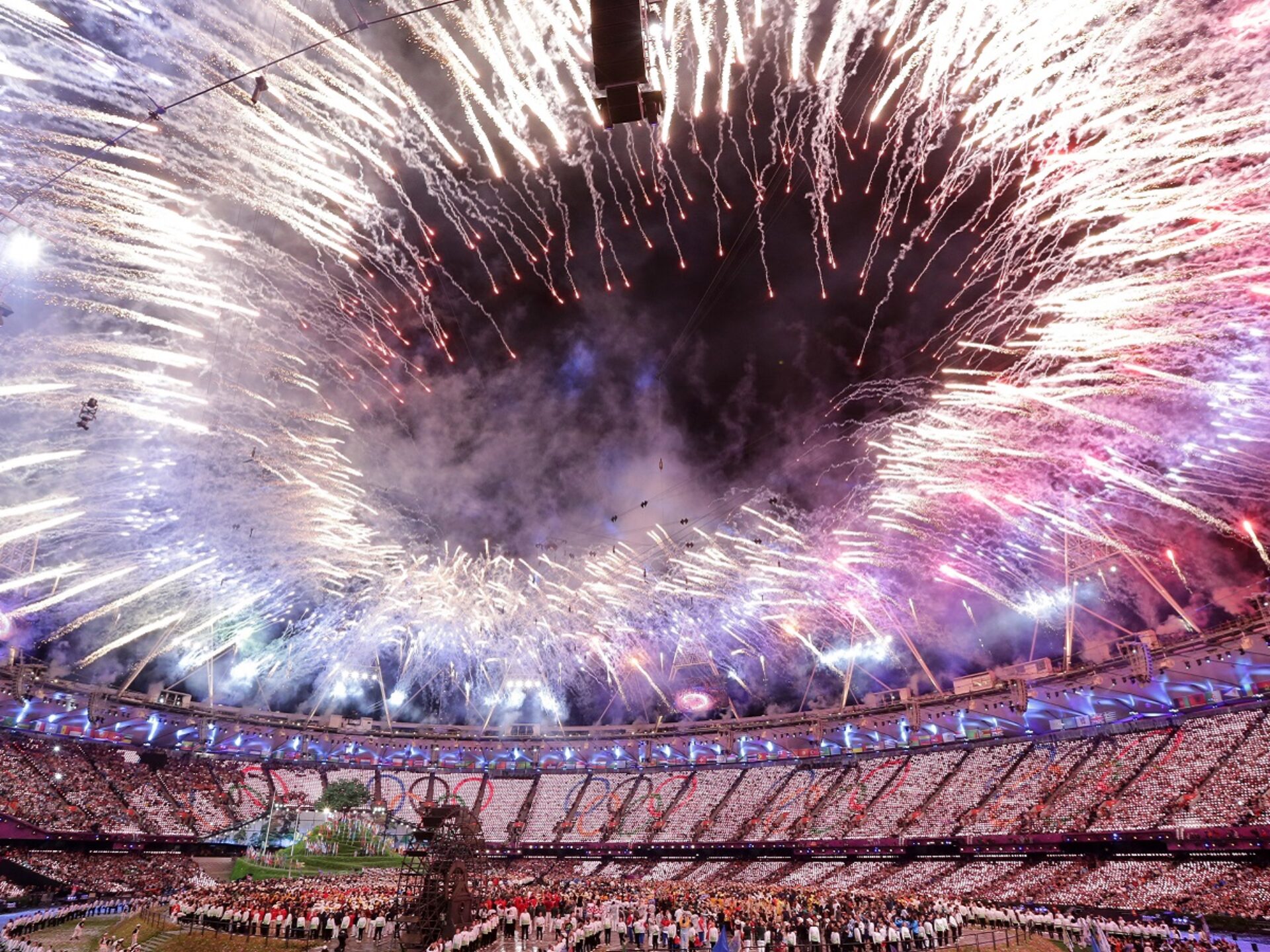March 5, 2018
Photo Gallery: The Evolution of the Olympics over the Last 20 Years

The PyeongChang 2018 Olympic and Paralympic Winter Games mark the 12th Olympic Games Populous has helped bring to life with the respective Organizing Committees. Looking back, a lot has changed since the 1996 Olympic and Paralympic Summer Games in Atlanta, when we began our relationship with the Olympics and Paralympics. Most notably, more economic viability is being designed into Olympic main stadiums so they can live on in a useful fashion following the Games.
Hosting the Olympics is not without cost, and in order to keep the Games an aspiration for countries across the world, it has become increasingly important for Olympic venues to offset their initial cost by living a second life after their time on the world’s stage. To truly understand how the Games have changed to become more sustainable, let’s look back on the evolution of a selection of Olympic venues over the last 20 years.
Centennial Olympic Stadium, the 1996 Olympic and Paralympic Summer Games main stadium and the first Olympic stadium for which we helped coordinate events, has now entered its third life. The main stadium was renovated to become Turner Field following the Games and was home to Major League Baseball’s Atlanta Braves until 2017 when they moved to SunTrust Park. Turner Field has since undergone an extensive renovation to house Georgia State University’s football program and is now known as Georgia State Stadium.

Working with the Olympic Committee on every Summer and Winter Games from 2000 and on taught us a lot about what it takes to design large, flexible stadiums that remain viable long after the Games move on. We were also able to apply these lessons learned to the design of smarter venues that weren’t necessarily designed for the Olympics, but would have the potential to host them if the time came.
Retractable seating, more expansive tunnels to and broader openings to the field level are all ideas which have since permeated non-Olympic venues, enabling them to host a wider variety of events. For example, Wembley Stadium opened in 2007 as the new home of England’s National Soccer Team and is also the current home of the NFL in London.

Wembley Stadium is not the lone English venue which has served as a host for the Olympic Games either. Lord’s Cricket Ground, O2 Arena and Wimbledon, renowned venues for their corresponding sports, held archery, basketball and gymnastics and tennis matches for the 2012 Games, respectively.

Beyond the auxiliary venues of the London 2012 Olympic and Paralympic Summer Games, we also designed the main stadium, London Olympic Stadium. It was the first to feature LED seats, creating a never before seen spectacle for in-stadium and at home spectators. The stadium sought to build on the legacy mode capabilities of past main stadiums by incorporating more flexibility into its design.

Intended to be a 25,000 seat permanent venue, with 55,000 temporary seats positioned above for the 2012 Olympic and Paralympic Games, London’s final facility opted for a greater permanent capacity to account for a wide variety of events post-Games.

For the 2014 Winter Olympics held in Sochi, Russia, we designed Fisht Olympic Stadium. It was the first purpose-built Winter Olympic and Paralympic Games main stadium to host both opening and closing ceremonies and see a second life following the Games. For the ceremonies themselves, we designed an indoor theater complete with rigging systems to move large sets and objects through the stadium.
This first-of-its-kind system hinged on a temporary roof and staging areas we created for the stadium, which was disassembled after the Games to enable Fisht to host national and international soccer matches as its legacy configuration intended. We’re looking forward to its use as a host venue for the forthcoming 2018 World Cup, including the quarterfinal taking place on July 7th.

For 2018, we advised the Organizing Committee and other parties to help PyeongChang become one of the most sustainable Olympic and Paralympic Games in history. After the Games, only 20 percent of the main stadium will remain to host future events, and the 80 percent will be dismantled and repurposed. As the PyeongChang Olympics continue, so does the research into making future Games’ venues more sustainable and economical.
Our team of international event professionals plan, design, operate and implement all aspects of major special events including FIFA World Cups, Olympic Games and the NFL Super Bowl. For more on designing for the world’s stage and what lies ahead for the Olympic and Paralympic Games, contact Jeff Keas.
Lorem ipsum dolor sit amet consectetur, adipisicing elit. Non facere corporis et expedita sit nam amet aut necessitatibus at dolore enim quis impedit eius libero, harum tempore laboriosam dolor cumque.
Lorem, ipsum dolor sit amet consectetur adipisicing elit. Illo temporibus vero veritatis eveniet, placeat dolorem sunt at provident tenetur omnis, dicta exercitationem. Expedita quod aspernatur molestias eum? Totam, incidunt quos.
